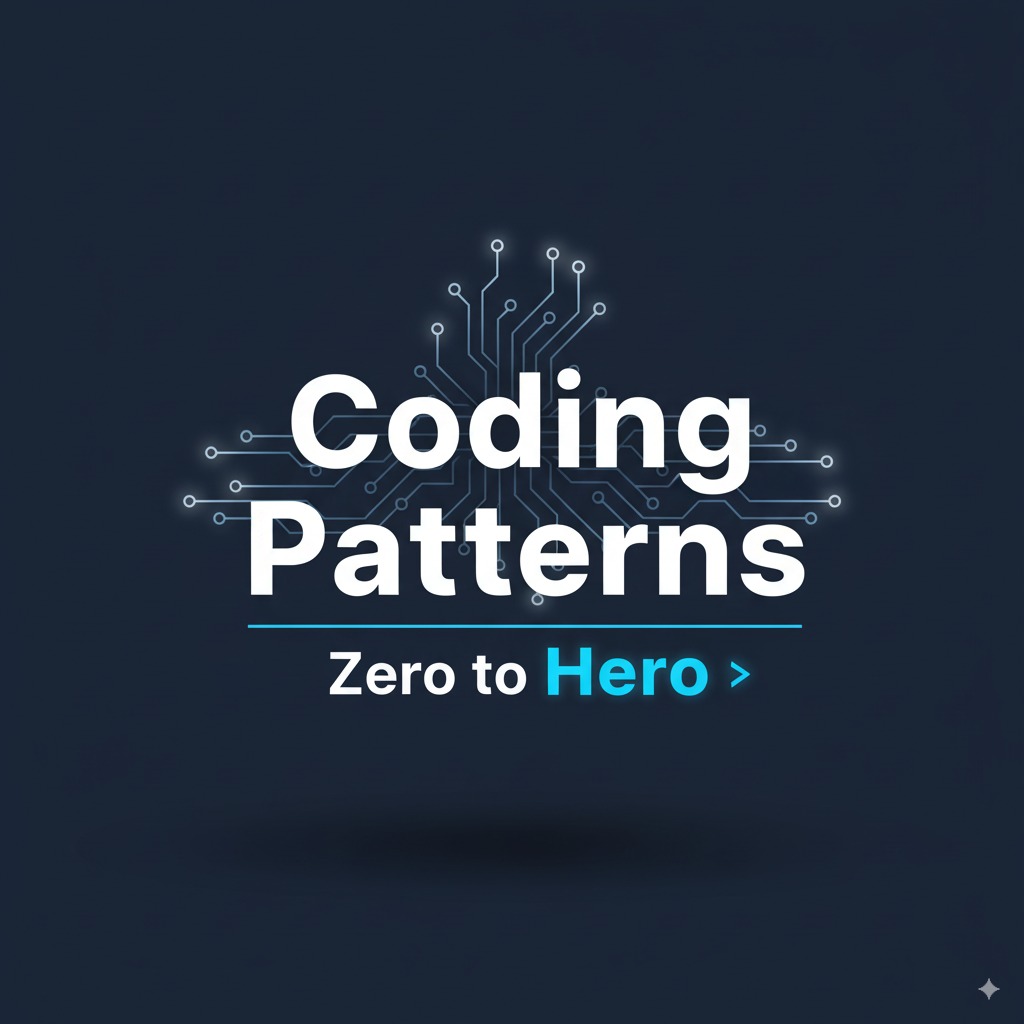Intuition
The sliding window technique is a powerful optimization strategy used in problems involving arrays or strings. Instead of recalculating values for every possible subarray or substring, we maintain a window that slides across the data, updating results incrementally. This reduces redundant work and often improves complexity from O(n^2) to O(n).
Think of it as looking through a moving window on a train: at each step, you see a slightly updated view without re-scanning the entire scene.
Sliding Window Strategies
1. Fixed-Size Window
-
The window has a fixed length (e.g., subarray of size k).
-
Useful for maximum/minimum averages, sums, or k-length substring checks.
2. Dynamic-Size Window (Variable)
-
The window expands and contracts based on conditions.
-
Useful for problems like smallest subarray with a sum ≥ target, or longest substring without repeating characters.
3. Two-End Control
-
Maintain both left and right boundaries.
-
Slide the window intelligently when constraints are violated.
When To Use Sliding Window
Use this technique when:
-
Problems involve subarrays or substrings.
-
You need to maintain a running metric (sum, max, count).
-
Conditions depend on a contiguous segment of data.
Real-World Example
Network Traffic Monitoring: Routers often monitor packets over the last k seconds. Instead of recalculating traffic from scratch, they maintain a sliding window of the last k entries, updating it as time progresses.
Data Analytics: Moving averages in stock prices or website analytics use sliding windows to calculate trends in real time.
Coding Example 1: Maximum Sum of Subarray of Size k
def max_subarray_sum(nums, k):
window_sum = sum(nums[:k])
max_sum = window_sum
for i in range(k, len(nums)):
window_sum += nums[i] - nums[i - k]
max_sum = max(max_sum, window_sum)
return max_sum
# Example usage
print(max_subarray_sum([2, 1, 5, 1, 3, 2], 3)) # 9 (5 + 1 + 3)Coding Example 2: Longest Substring Without Repeating Characters
def longest_unique_substring(s):
seen = {}
left = 0
max_len = 0
for right, ch in enumerate(s):
if ch in seen and seen[ch] >= left:
left = seen[ch] + 1
seen[ch] = right
max_len = max(max_len, right - left + 1)
return max_len
# Example usage
print(longest_unique_substring("abcabcbb")) # 3 ("abc")
print(longest_unique_substring("bbbbb")) # 1 ("b")Framework
-
Define window boundaries (left, right indices).
-
Expand the window by moving the right pointer.
-
Update metrics (sum, counts, frequency map).
-
Contract the window when conditions are violated.
-
Track best result during traversal.
Key Points
-
Sliding window avoids redundant recalculations.
-
Fixed windows solve problems like maximum sum in O(n).
-
Dynamic windows handle constraints like substring uniqueness.
-
Common in interview problems involving strings and arrays.
Practice Exercise
Exercise 1: Implement a function to find the smallest subarray with a sum greater than or equal to a target.
Sample Solution:
def min_subarray_len(target, nums):
left = 0
curr_sum = 0
min_len = float("inf")
for right in range(len(nums)):
curr_sum += nums[right]
while curr_sum >= target:
min_len = min(min_len, right - left + 1)
curr_sum -= nums[left]
left += 1
return 0 if min_len == float("inf") else min_len
# Example usage
print(min_subarray_len(7, [2,3,1,2,4,3])) # 2 ([4,3])

